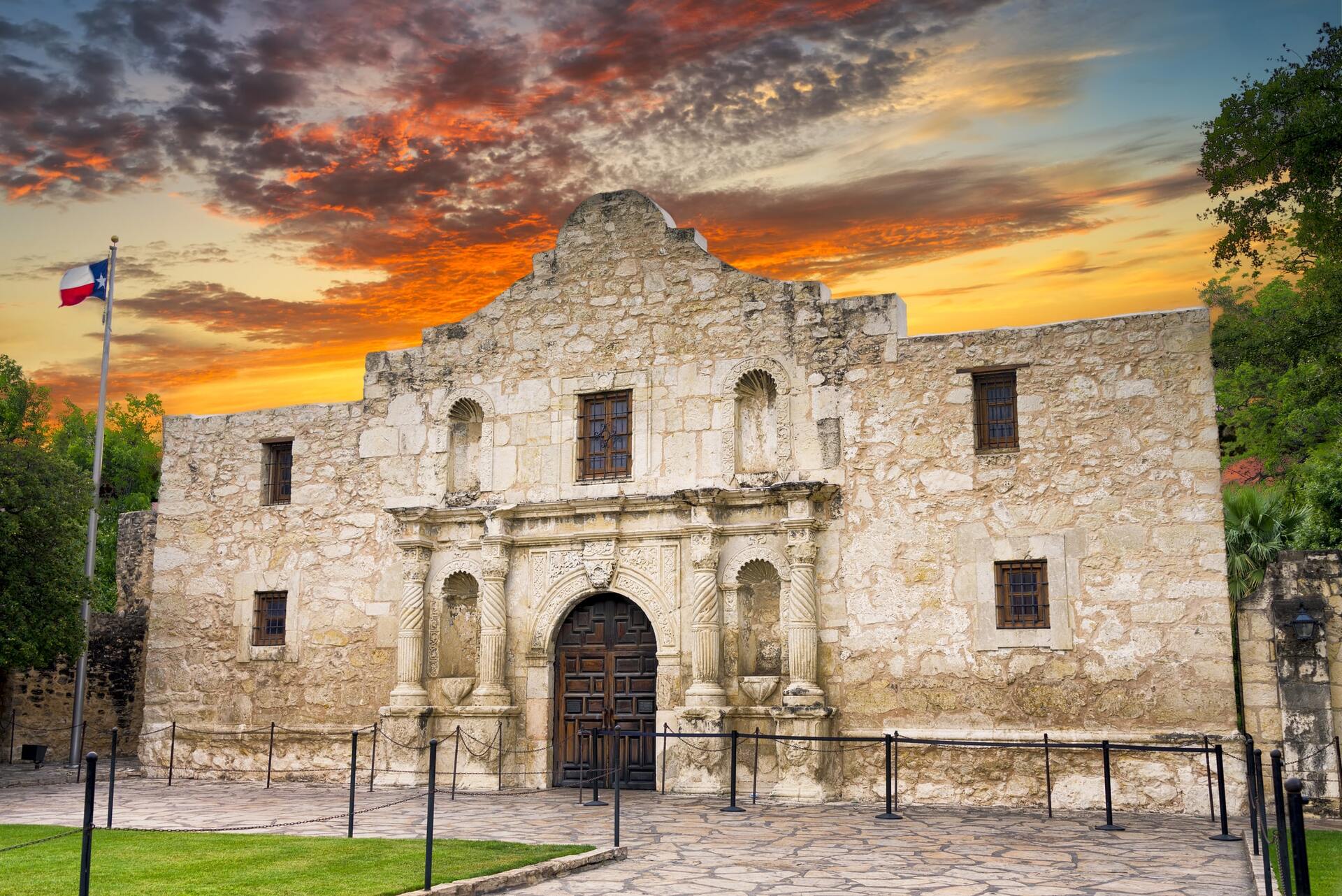The Battle of the Alamo is a significant event in the history of Texas and the United States. It was a pivotal moment in the Texas Revolution. The outcome of the battle had a profound impact on the subsequent course of American history. In this blog, we will explore the events leading up to the battle, the battle itself, and its aftermath.
The Texas Revolution
The Texas Revolution was a political and military conflict between the Mexican government and settlers in Texas that lasted from 1835 to 1836. The conflict arose from the tension between the Mexican government and the Anglo-American settlers who had migrated to Texas in large numbers in the early 19th century. The settlers were unhappy with the centralization of power in Mexico City and the abolition of slavery. The Mexican government, on the other hand, was concerned about the growing influence of the United States in the region and sought to assert its authority.
The Battle of the Alamo
The Battle of the Alamo took place in San Antonio, Texas, in February and March 1836. The Alamo was a former mission and fortress that had been occupied by Texian (Texan) rebels since December 1835. The garrison, which consisted of approximately 200 men, was led by William Barret Travis, James Bowie, and Davy Crockett.
In late February, a Mexican army led by General Antonio López de Santa Anna arrived in San Antonio. The army began a siege of the Alamo. The defenders held out for 13 days, but on March 6, 1836, the Mexican army launched a final assault. The defenders fought bravely, but they were overwhelmed by the superior numbers and firepower of the Mexican forces. All of the defenders were killed, including Travis, Bowie, and Crockett.
The Aftermath
The Battle of the Alamo was a devastating defeat for the Texian rebels, but it had a galvanizing effect on the rest of Texas. The battle cry “Remember the Alamo” became a rallying cry for the Texian army, and it helped to inspire them to achieve victory at the Battle of San Jacinto just a few weeks later. On April 21, 1836, the Texian army, led by General Sam Houston, defeated Santa Anna’s forces and captured the Mexican general. The victory at San Jacinto led to the establishment of the Republic of Texas, which remained an independent nation until it was annexed by the United States in 1845.
The Battle of the Alamo has become a symbol of heroic resistance and sacrifice in the face of overwhelming odds. The defenders of the Alamo, particularly Travis, Bowie, and Crockett, are revered as martyrs of Texas independence. Their memory has been kept alive through countless works of art, literature, and film. The Alamo itself has become a popular tourist attraction, and it remains a powerful symbol of Texas history and culture.
Lasting Impact
The Battle of the Alamo was a pivotal moment in the history of Texas and the United States. It was a heroic but ultimately doomed stand by a small group of rebels against a powerful army. The battle and its aftermath had a profound impact on the course of American history, and it remains a powerful symbol of Texas independence and resistance to oppression. This spirit is still seen today, from restaurants to firearm stores!

